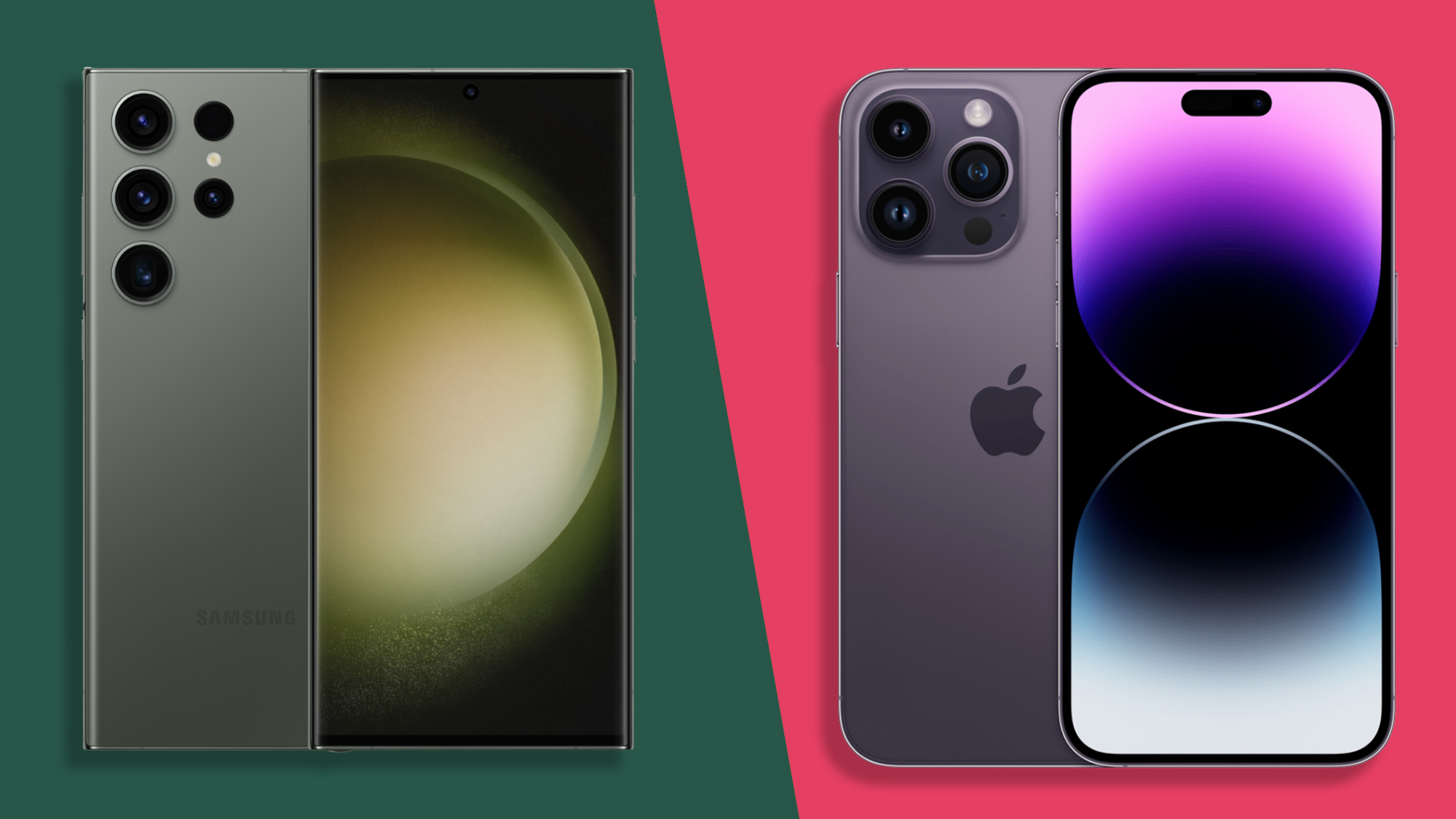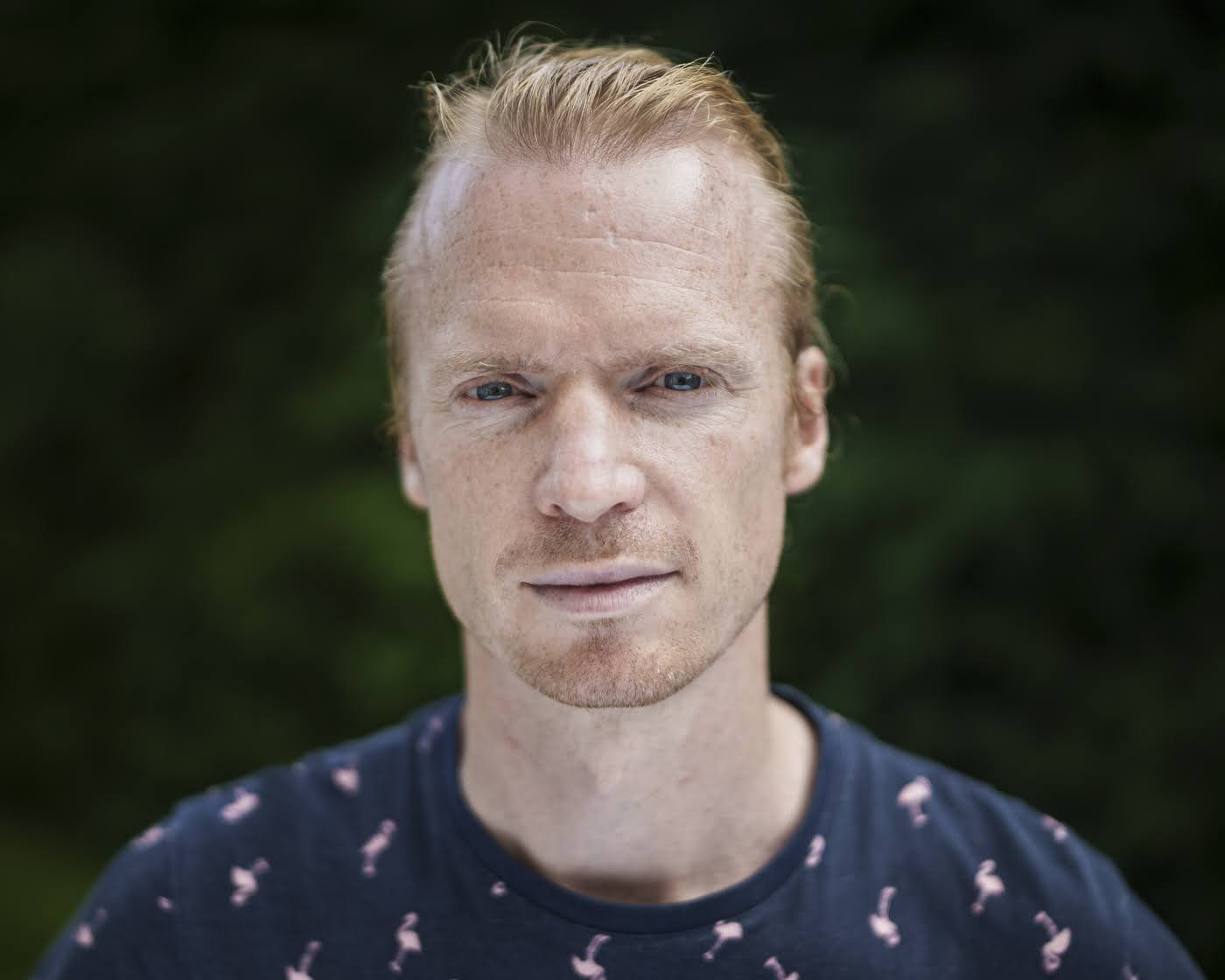Samsung Galaxy S23 Ultra vs iPhone 14 Pro Max: The ultimate camera test
Two of the most capable camera phones on the market battle it out

I’ve pitted two of the very best camera phones against one another, in a bid to find out which offers the biggest photography bang for your buck. First into the ring is the iPhone 14 Pro Max – Apple’s most recent flagship phone, which saw a leap in camera quality over its predecessor, thanks to its physically larger image sensor, with 48MP raw images thrown in for good measure (the details are unpacked in this iPhone 14 Pro Max camera explainer).
The new challenger is the Samsung Galaxy S23 Ultra, which had a tough act to follow given that its predecessor – the S22 Ultra – ranks as the most versatile smartphone camera available thanks, among other things, to its wide array of lenses and Space Zoom function. The S23 Ultra’s headline feature is a new 200MP sensor, which packs a lot of new tech and promises a truly exciting camera experience.

Since the advent of the smartphone, I’ve witnessed the fastest development in camera tech in these pocket devices. Cameras have become such an important feature of our phones, and the Samsung Galaxy S23 Ultra and iPhone 14 Pro Max represent the pinnacle of camera phone photography in 2023 – if you don’t mind all the other distractions that come with having a phone in hand.
After initial camera setup, the experience of actually using the cameras – navigating the various modes, menus and functions – is largely the same. For this test, I’ve taken identical images so far as each phone allows, across a variety of scenarios, including cityscapes, portraits in daylight with the 3x zoom lens, night skies and more.
As a starting point for each test, I used each phone’s standard settings, shooting in JPEG format, as most people using these phones are unlikely to change the default settings to use all the functions available to them; I did, though, conduct more comprehensive tests as well, including raw-format shooting.
Samsung Galaxy 23 Ultra vs iPhone 14 Pro Max: Main camera detail
Despite a wild difference in the total number of pixels – the Samsung S23 Ultra’s lead sensor has 200MP, while the iPhone 14 Pro Max’s has 48MP – both cameras, by default, shoot at virtually the same resolution: 12.5MP and 12MP, respectively. What gives? Pixel binning (which you can read more about in our pixel binning explainer), at 16:1 and 4:1 respectively.
To unleash 48MP shooting on the iPhone, you need to go to the main settings menu and find the camera option, and check the ‘Raw photo’ box, which will then appear in the camera app as an option – this is a process that only needs to be done once. The S23 Ultra has 200MP and 50MP JPEG capture options in the main camera menu, as well as a 50MP ‘Expert RAW’ format behind the ‘More’ option.
iPhone 14 Pro Max on the left, Samsung Galaxy S23 Ultra on the right
Most people will likely keep these camera phones at their default resolution, which produce images that are essentially the same size and should offer comparable levels of detail. The reality, though, is that the S23 Ultra has the edge over the iPhone 14 Pro Max with visibly sharper detail. It’s little wonder when you think about it, as the Samsung has four times the number of pixels to work with. The difference isn’t night and day, but it’s there to see when viewing pixel-binned pictures at 100%.
- Samsung Galaxy S23 Ultra wins
Telephoto lenses
Does the successor to the S22 Ultra deliver again? You bet it does. The S23 Ultra sports 0.6x, 1x, 3x and 10x optical lenses, while the iPhone 14 Pro Max offers 0.5x, 1x, and 3x optical lenses (with a crop on the main 48MP producing an additional 2x optical zoom at 12MP natively). Both cameras can also digitally zoom beyond their maximum optical reach of 10x and 3x respectively.
Digital zoom pales in comparison to optical zoom in terms of image fidelity, and when the iPhone 14 Pro Max is extended digitally to 10x to match the 10x optical lens of the S23 Ultra, the Samsung outclasses it for both detail and handling. The S23 Ultra’s sensor-based image stabilization – which is claimed to feature up to three degrees of movement to compensate for shake – is spectacular, and composing pictures with the 10x lens is a breeze. By comparison, the iPhone 14 Pro Max isn’t designed to be used at 10x, and as such, the resultant images can’t compete.
iPhone 14 Pro Max on the left, Samsung Galaxy S23 Ultra on the right
It’s much closer when comparing the 3x telephoto lenses, with the iPhone’s detail looking slightly sharper in this case. I should mention here that there are slight differences in focal length across the lenses, making the composition slightly different in otherwise identical images. The S23 Ultra’s main camera is wider at 23mm, its 3x lens is 69mm and the 10x lens is 230mm. The iPhone 14 Pro Max’s main camera has a 24mm lens, while the 3x lens is 77mm, and so its images appear a little more zoomed in.
- Samsung Galaxy S23 Ultra wins
Color
The iPhone 14 Pro Max will let you bake different color profiles into JPEGs, while the Samsung S23 Ultra takes control of color in JPEGs. When both phones’ cameras are left set to a standard color profile and viewed in isolation, color seems to be decent across both phones. But put identical images taken with each device side by side, and one camera stands out.
In terms of color accuracy, the iPhone 14 Pro Max is consistently more true to life and accurate across the board: images look cooler when they should, for example cloudy cityscapes; daylight portraits have a pleasant warmth; there’s enough magenta in night-portrait skin tones; and the phone nails those tricky colors in clothing too.
iPhone 14 Pro Max on the left, Samsung Galaxy S23 Ultra on the right
As for style – which is of course subjective – overall, images from the S23 Ultra have a more saturated look, while those from the iPhone 14 Pro Max look more natural. I prefer the latter, because the S23 Ultra can at times go overboard with the saturation, with certain colors appearing overly dominant – with one example being overly pink lips in portraits.
- iPhone 14 Pro Max wins
Portraits
I shot a number of portraits with both phones’ 3x zoom camera outdoors in cloudy weather, and with the main cameras inside a pub at night, and differences in image quality ranged from the subtle to the wild.
Both cameras are very capable at applying realistic blur around a portrait subject, with little to choose between the two. Perhaps the iPhone was more prone to artefacts, especially in low-light portrait shooting, but neither proves immune to the issue, which can be especially visible in details like hair.
iPhone 14 Pro Max on the left, Samsung Galaxy S23 Ultra on the right
In a daylight portrait, the S23 Ultra smoothed detail in clothing, which is unfortunate, while the iPhone kept those details sharp. In another example, the S23 Ultra kept a plant a couple of feet behind the subject mostly sharp, while the iPhone blurred it a little, for what was, again, a more true-to-life result.
Across various portrait scenarios, I would consistently trust the iPhone 14 Pro Max over the S23 Ultra, although both phones perform well.
- iPhone 14 Pro Max wins
Low light
Sensor size impacts low-light image quality. The larger the sensor, the more light it can gather, and therefore the better the image quality you get in low light – this is explained in more detail in our more megapixels vs larger sensors vs larger pixels feature. The S23 Ultra and iPhone 14 Pro Max each boast a camera sensor larger than those of most other phones, and their sensors are virtually the same size.
The number of pixels on a sensor, and the impact on low-light image quality, is a hotly debated topic in photography circles. Some believe that if the pixels are smaller because there are more of them, then low-light image quality suffers, while others – including me – believe that the difference wouldn’t be discernible if you were to view those images side by side at the same size.
iPhone 14 Pro Max on the left, Samsung Galaxy S23 Ultra on the right
We know the S23 Ultra has more than four times the number of pixels on its primary camera sensor compared to the iPhone 14 Pro Max, but in the standard photo mode, where output resolution is virtually the same, low-light image quality is comparable, too. On a side note, I preferred the quality of the S23 Ultra’s 200MP output over its own 12.5MP stills in low light. However, in this shootout, the phones offer similar low-light image quality.
- Tie
Raw
Photographers who are keen enough to know what raw format actually means will be pleased to hear that both phones can capture raw images, as well as standard JPEGs. Raw images give you greater headroom than JPEGs to make exposure and color adjustments in editing software post-shoot, so among other things you can adjust brightness with less loss of tonal detail, and tweak the white balance for more true-to-life results.
I’ve never been too excited about raw shooting in smartphones, because normally computational photography is squeezing the best performance out of the camera already. But both cameras here can shoot raw, at 50MP in the S23 Ultra and 48MP in the iPhone 14 Pro Max.
iPhone 14 Pro Max on the left, Samsung Galaxy S23 Ultra on the right
Both capture a noticeably dark exposure by default, presumably to give you greater headroom to recover highlight detail. It’s a sensible approach, but does create the risk of shadow detail becoming mushy when it’s brightened. I’ve been equally impressed with the quality of raw images from both cameras and would consider using this format for pictures that matter.
- Tie
Verdict
Given how versatile Samsung’s flagship smartphone cameras are, it would be a safe bet that the S23 Ultra’s camera system – Samsung’s most versatile yet – would come out on top in a head-to-head that compares a range of features across a wide range of scenarios.
But it’s not all about megapixels and the lens array, and the iPhone 14 Pro Max does come out on top in some areas. For example, I prefer the general look of portraits and color accuracy, in particular.
As much as I’d like to give a definitive answer as to which camera is best, it’s generally a draw, and in some areas will come down to personal preference. I prefer the overall look of iPhone 14 Pro Max images, but the Samsung Galaxy S23 Ultra is the more versatile camera phone of the two.
Get daily insight, inspiration and deals in your inbox
Sign up for breaking news, reviews, opinion, top tech deals, and more.

Tim is the Cameras editor at TechRadar. He has enjoyed more than 15 years in the photo video industry with most of those in the world of tech journalism. During his time as Deputy Technical Editor with Amateur Photographer, as a freelancer and consequently editor at Tech Radar, Tim has developed a deeply technical knowledge and practical experience with cameras, educating others through news, reviews and features. He’s also worked in video production for Studio 44 with clients including Canon, and volunteers his spare time to consult a non-profit, diverse stories team based in Nairobi. Tim is curious, a keen creative, avid footballer and runner, and moderate flat white drinker who has lived in Kenya and believes we have much to enjoy and learn from each other.